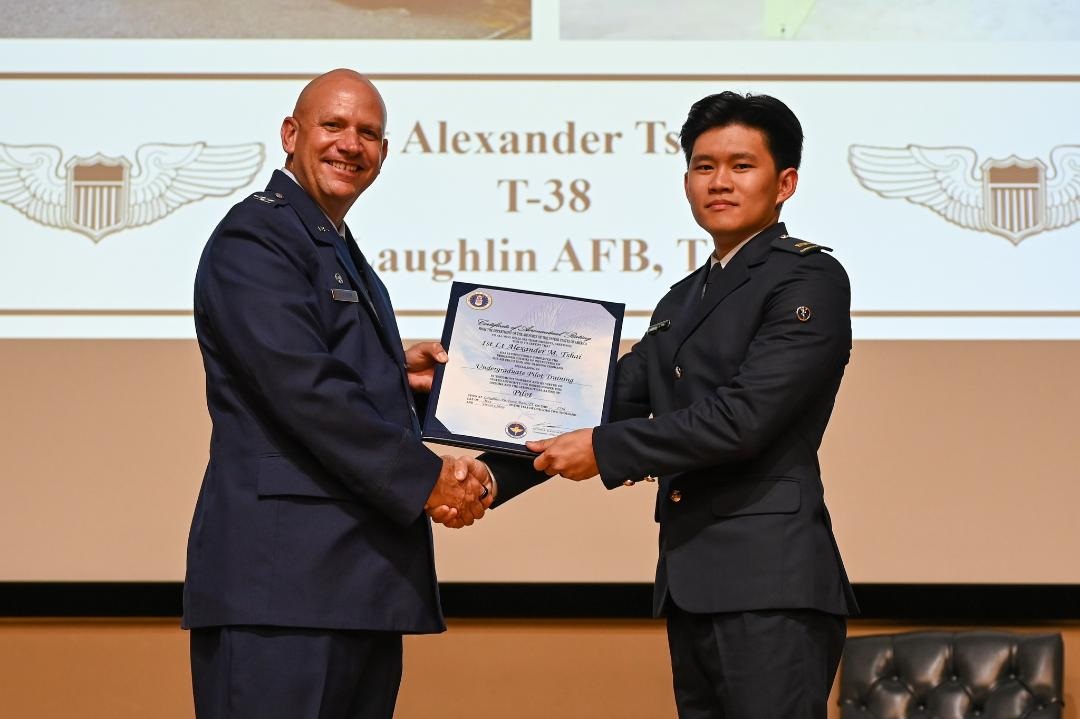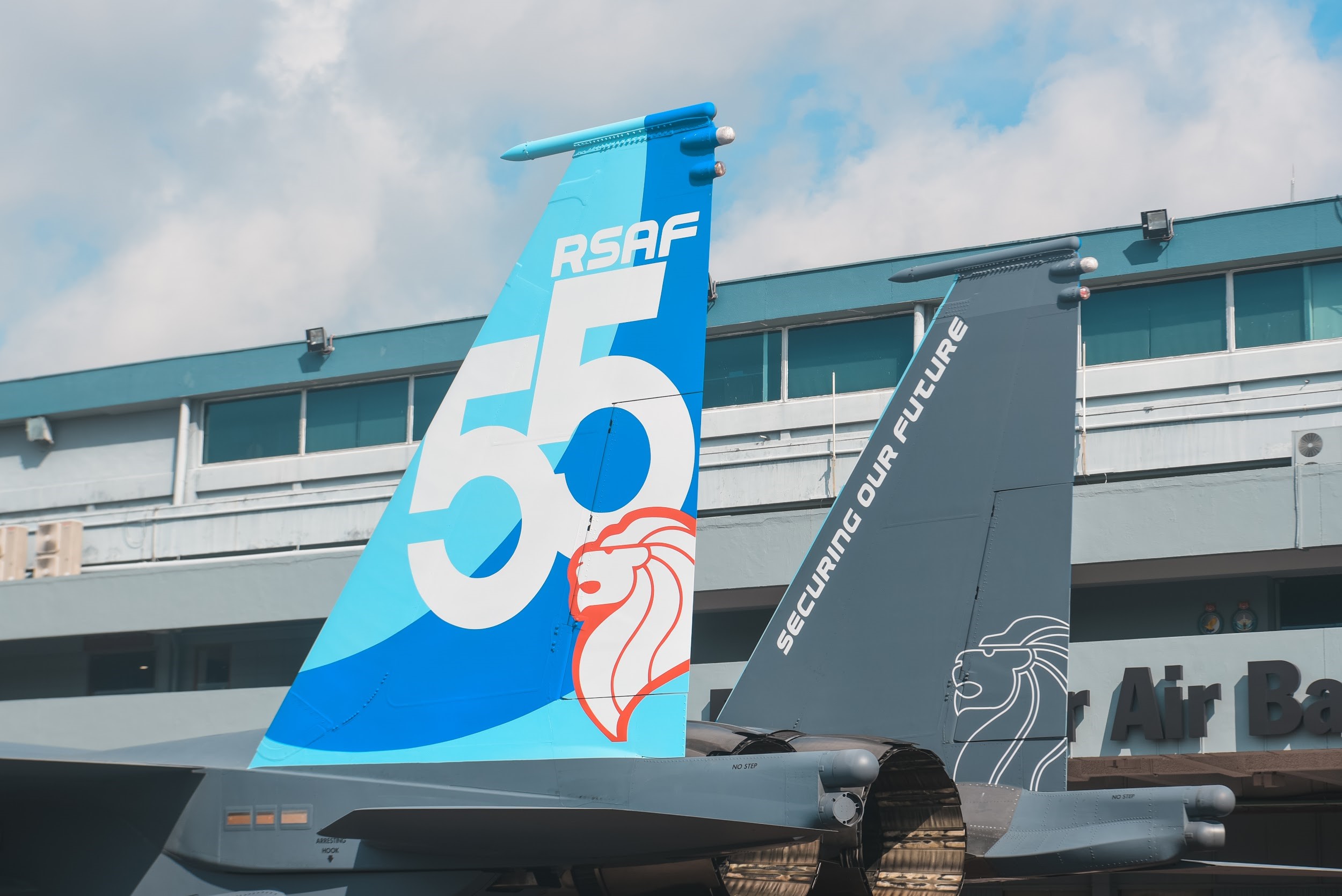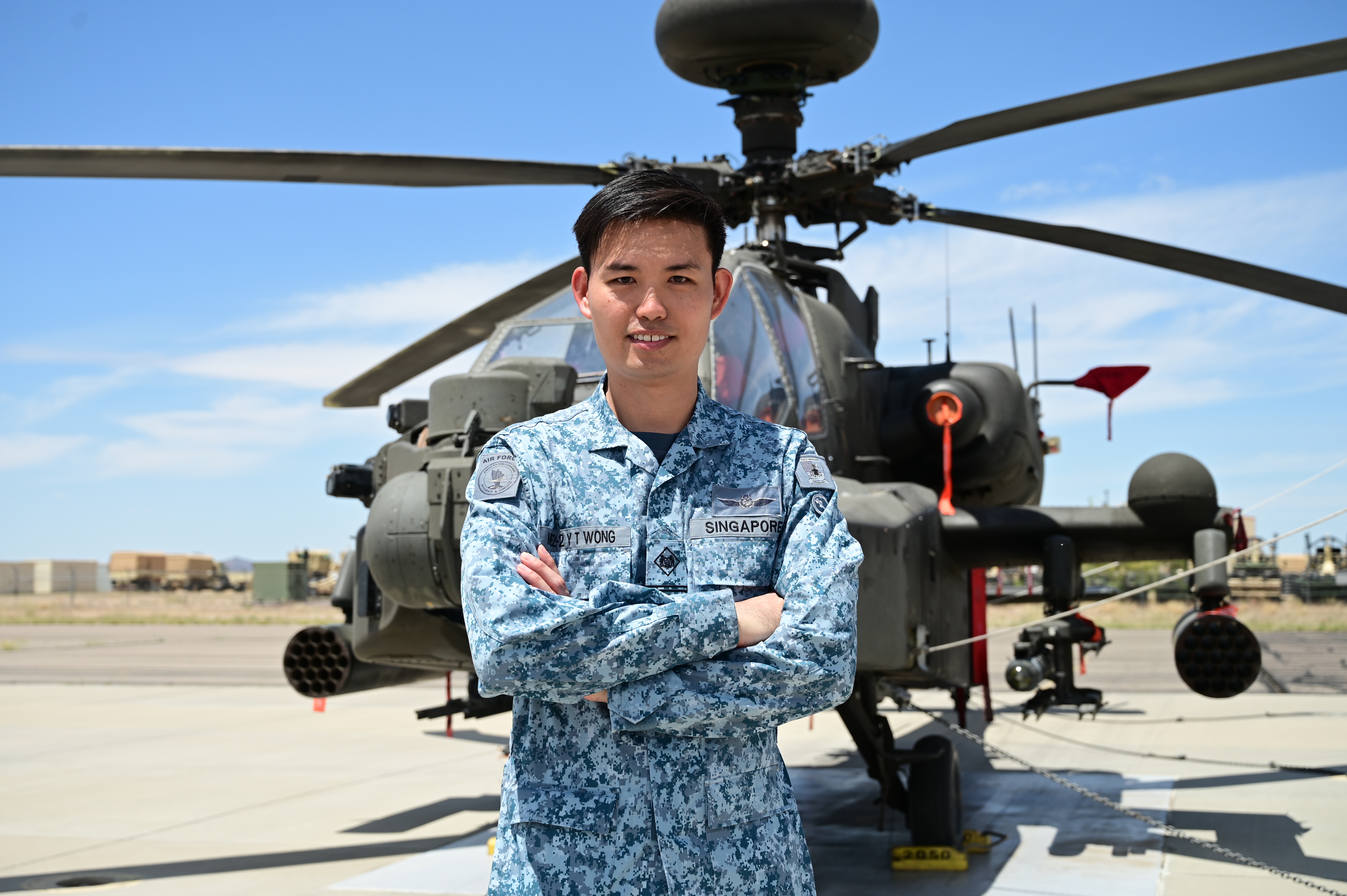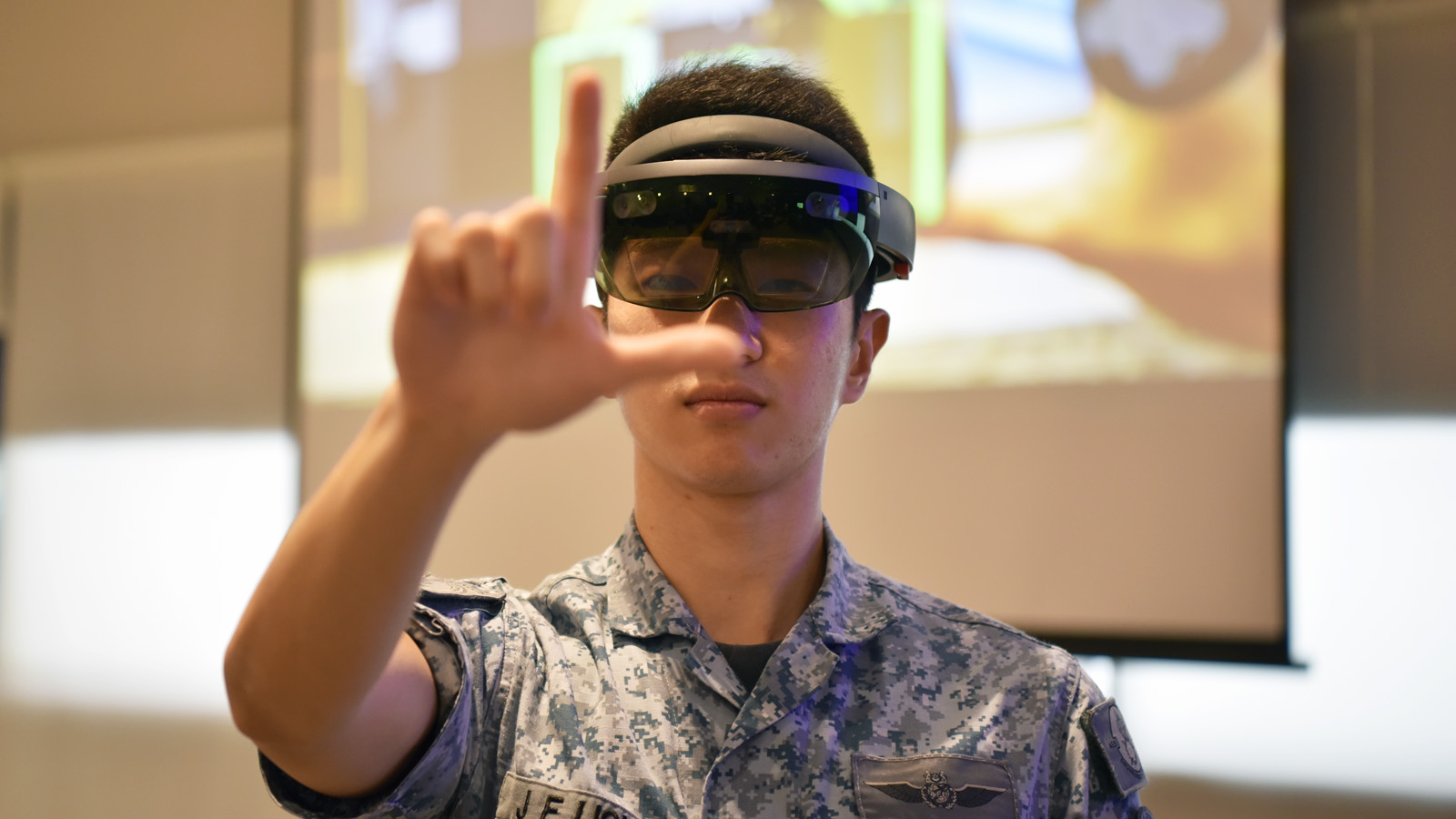 COLLAB allows RSAF innovators to brainstorm and work on their ground-up initiatives - AR technology included!
COLLAB allows RSAF innovators to brainstorm and work on their ground-up initiatives - AR technology included!
 Homepage
Homepage
 The Creative Minds Behind The Designs: RSAF55 Logo and Tail Flash
The Creative Minds Behind The Designs: RSAF55 Logo and Tail Flash
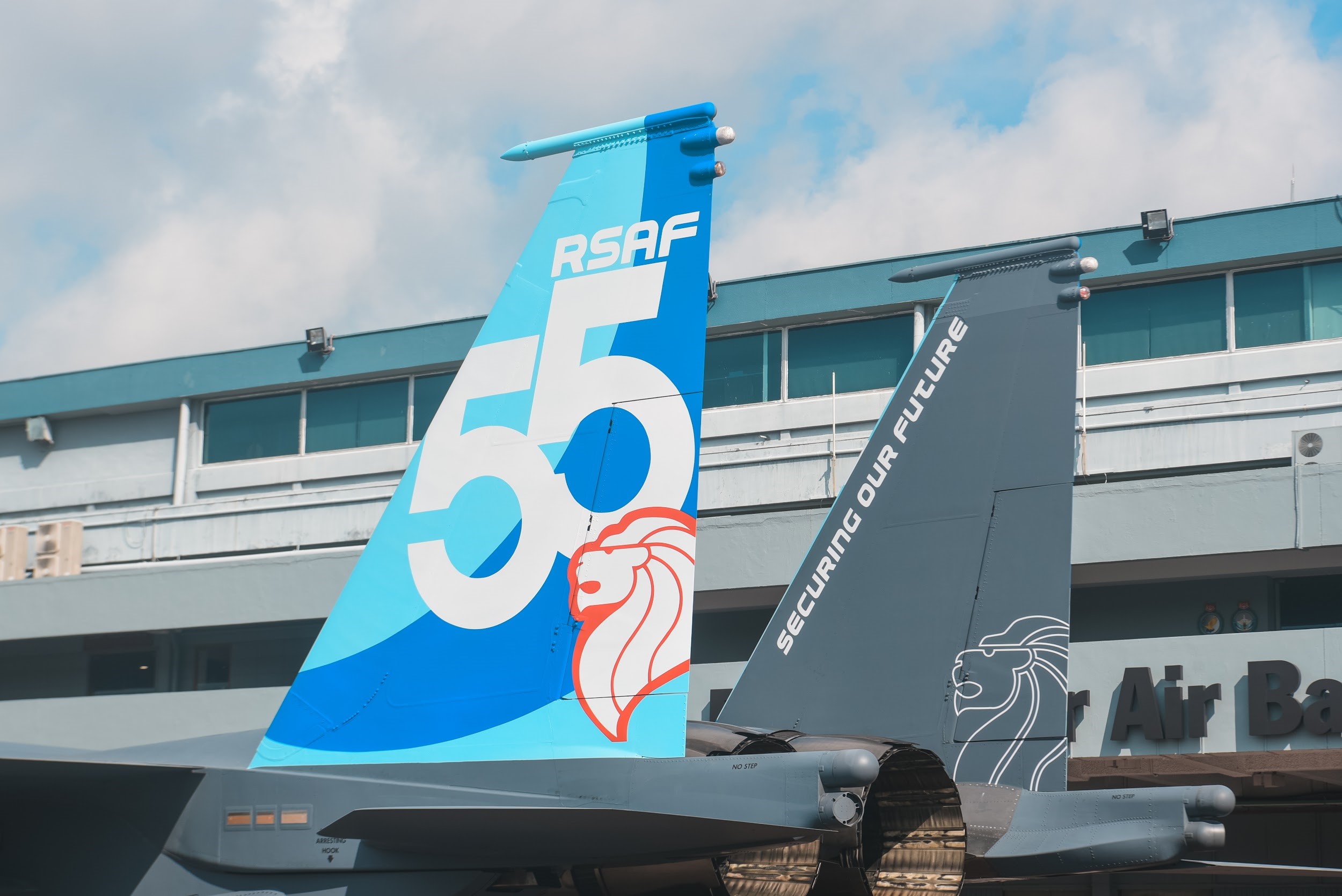
 COLLAB allows RSAF innovators to brainstorm and work on their ground-up initiatives - AR technology included!
COLLAB allows RSAF innovators to brainstorm and work on their ground-up initiatives - AR technology included!
Nestled in the third floor of the Air Force Museum is a newly opened space – COLLAB. With its colourful discussion rooms and plush booth areas, it is a space unlike any other in an air base. COLLAB is a common space where RSAF innovators can gather to brainstorm and nurture their budding ideas.
COL Lau Boon Ping, the RSAF’s Chief Innovation Officer (CiO), explains that it was practical for COLLAB to be situated in the Air Force Museum as it is a place where RSAF personnel and external contractors alike can have meetings in a comfortable and fuss-free environment.
COLLAB is one of many initiatives by the RSAF to encourage ground-up innovations in the organisation. Such innovation initiatives are directed by the CiO and the SWiFT Office, which were inaugurated in May 2018.
The name ‘SWiFT’ carries significant meaning to the RSAF innovation initiative. Not only is ‘Swift’ a programming language, it symbolises the key characteristics of the RSAF - like the bird, we want to be quick to seize the moment and harness the resources available at that instant to improve the organisation. The small ‘i’ in SWiFT indicates the innovations from ground-up initiatives.
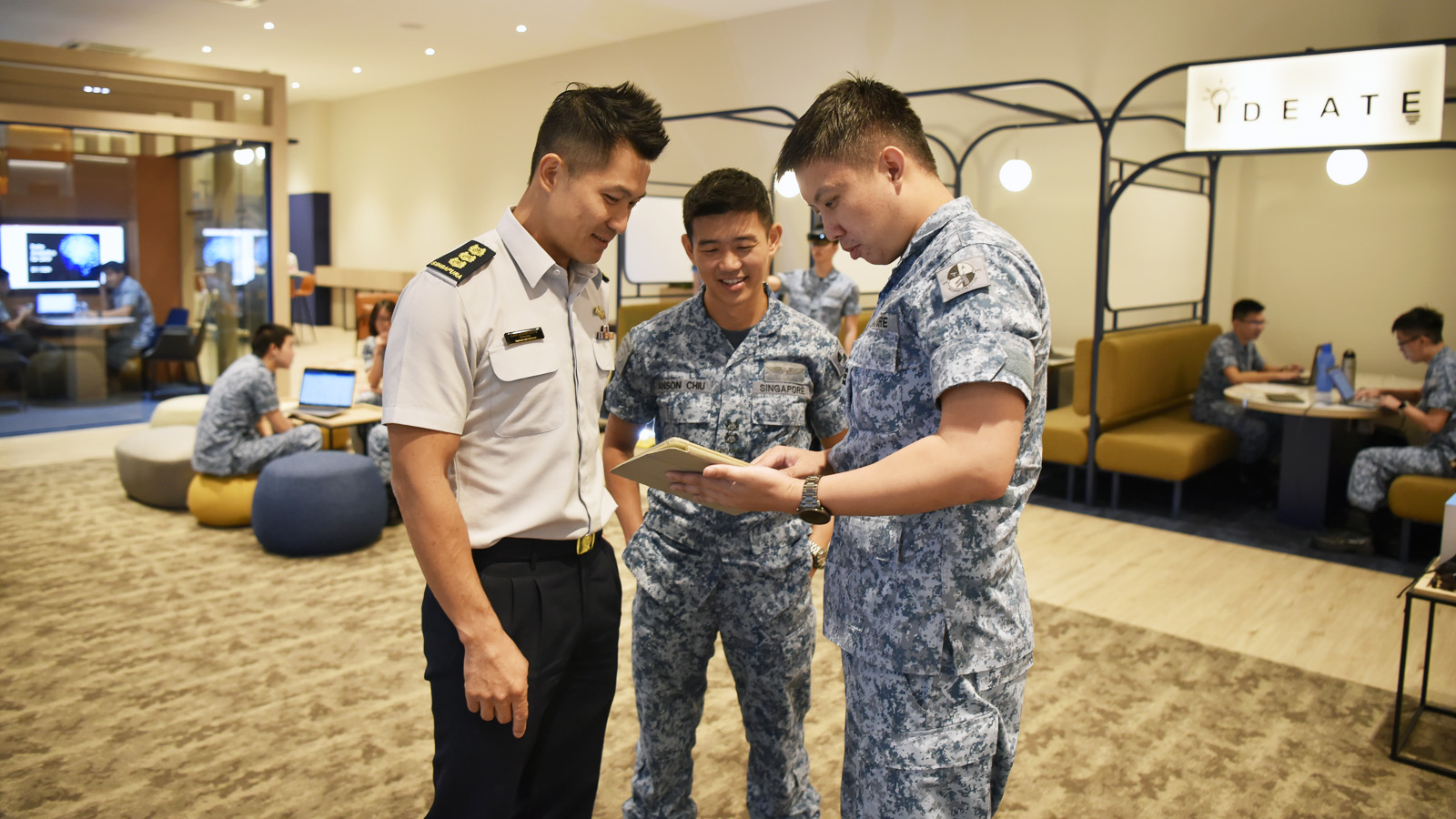
CiO and Head SWiFT Office engaging RSAF innovators in the newly opened COLLAB at the Air Force Museum.
3Es of Innovation - Encourage, Enable and Energise
Over the years, we have seen exponential leaps in technological advancements. Children are growing up in the age of technology. CiO noted that with the defence landscape becoming more complex and resource constraints becoming very real, it is especially important to leverage both commercial technology and the capabilities of the people. Hence, SWiFT Office aims to encourage, enable and energise our airmen and women to innovate and participate in the ground-up transformation of the RSAF.
Encourage
Prior to SWiFT, red tape constraints discouraged airmen from embarking on innovation projects as these bureaucratic requirements restrict personnel from being able to effectively explore innovation ideas. However, SWiFT aims to ease such bureaucracy, with the CiO helping to push for innovation-friendly policies, creating a conducive environment for airmen to pursue their innovative ideas.
An initiative that aims to encourage our airmen to take on innovation projects would be the “TakeOff” programme. Under this programme, RSAF innovators would be able to request for time off from work to build a prototype of their idea. This not only allows for flexibility and discretion of ground commanders to deconflict demands to support innovation and operations, but it also ensures only good ideas are selected for further development, preventing wasted time and effort. Hence, by giving RSAF innovators time and space to fully explore their ideas, they would be motivated to innovate.
Enable
After encouraging people to innovate, SWiFT also serves as a platform to enable innovators by creating structural initiatives to support their innovation journey. Such initiatives include providing courses for RSAF innovators to be equipped with the relevant skills and knowledge to help them develop their project, and having appropriate channels, like innovation launch pads within airbases and a website for crowdsourcing, to create avenues for innovators to collaborate.
One such project to birth out of this effort is the use of Augmented Reality (AR) Technology by Air Engineering Training Institute (AETI). Using Microsoft’s Hololens technology, the generated software scenarios enhance emergency response training for trainees. For example, if the aircraft experiences “hot brakes”, trainees are able to use the software to practice their emergency procedures using AR simulations. This gives trainees a realistic experience through simulated training, thereby reducing the learning curve when trainees move on to hands-on training on the actual aircraft.
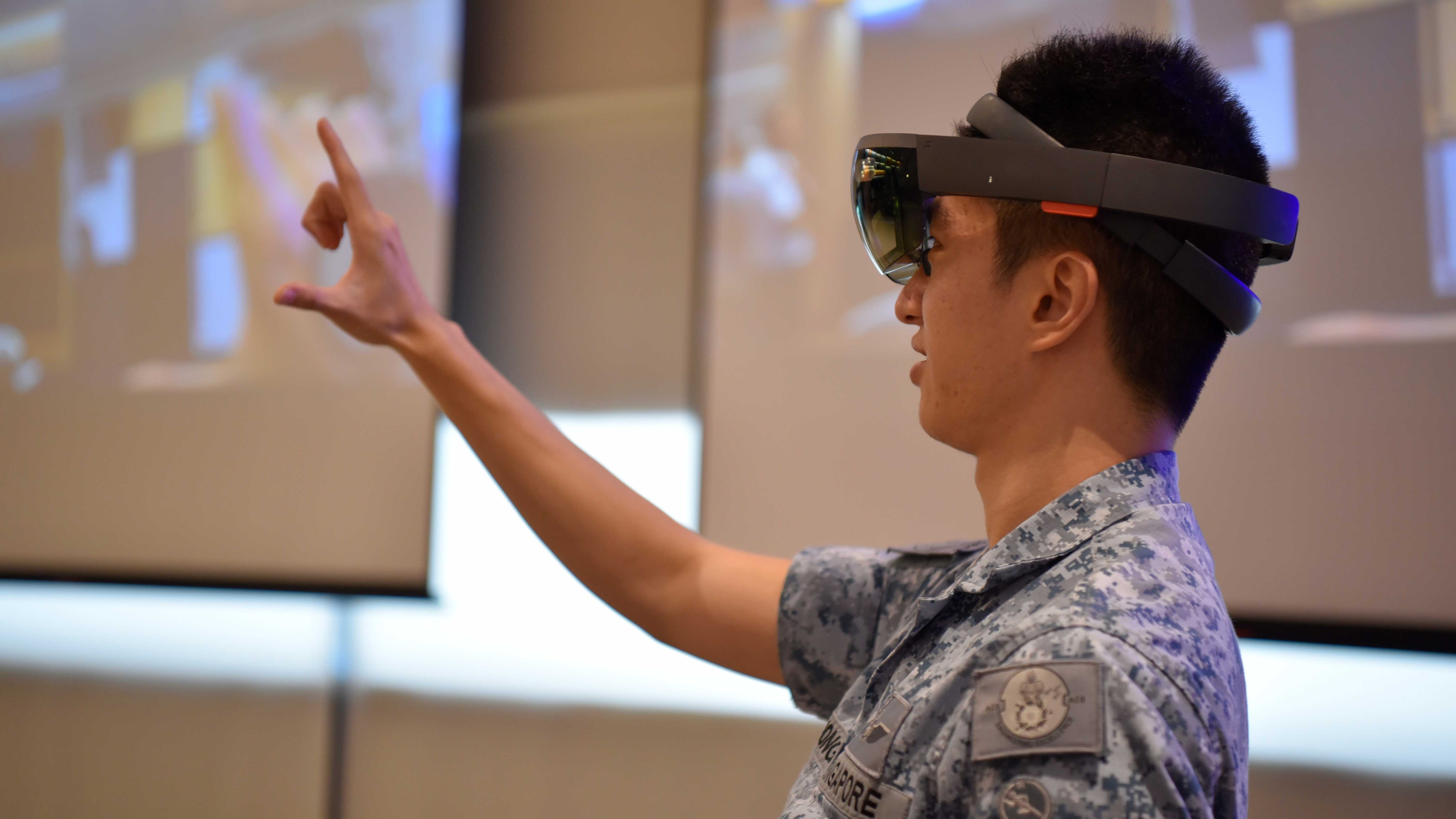
Using AR technology, 3SG Ryan Liong demonstrates the “hot brakes” training scenario, which is used to provide trainees with realistic training experience.
Energise
When implementing new approaches and disrupting old practices, inertia is inevitable. Hence, it is necessary to energise people on the ground by bringing them closer to technologies and exposing them to the different possibilities that are in the market. Setting ambitious targets would give innovators a vision of what they would like to achieve.
Dedicated innovation days, or “Inno-gise”, would see the RSAF bringing in external vendors such as Microsoft and AI Singapore, to share about the technologies available in the commercial market, exposing innovators to the boundless innovation possibilities.
Recognition of innovation efforts would also be expanded to reward not only successes, but the spirit of innovation. Newly-minted awards such as the “Alibaba Award” and “Steve Jobs Award” aim to recognise innovators who may not necessarily have had a breakthrough in their respective projects, but have demonstrated characteristics such as resilience and audacity.
Innovation in the RSAF
As an organisation that has state-of-the-art systems, the RSAF is no stranger to employing cutting-edge technology. With rapid advancements in commercial technology, the RSAF is looking to such technologies to further improve current structure and processes. The culture of innovation has now shifted to not only one that is top-down, but one that is ground-initiated.
For ground-up innovation initiatives, ideas start out small and if the ideas can be scaled up to other units, commands or even service-wide, the SWiFT Office would help to proliferate them to other areas of the RSAF.
The Portable Under-Vehicle Surveillance System (PUVSS) - initiated by 606 SQN – is one such example. This system allows the expeditious conduct of under-vehicle checks at additional check points without a permanent UVSS. Introducing the system is SSG Sim Guan Ting of 606 SQN, who shared that the PUVSS not only reduced vehicular checks down from 60 seconds to just 20 seconds per car, but also reduced the risk of security troopers being exposed to potential threats by being in close proximity to the car during manual checks using an under-carriage mirror.
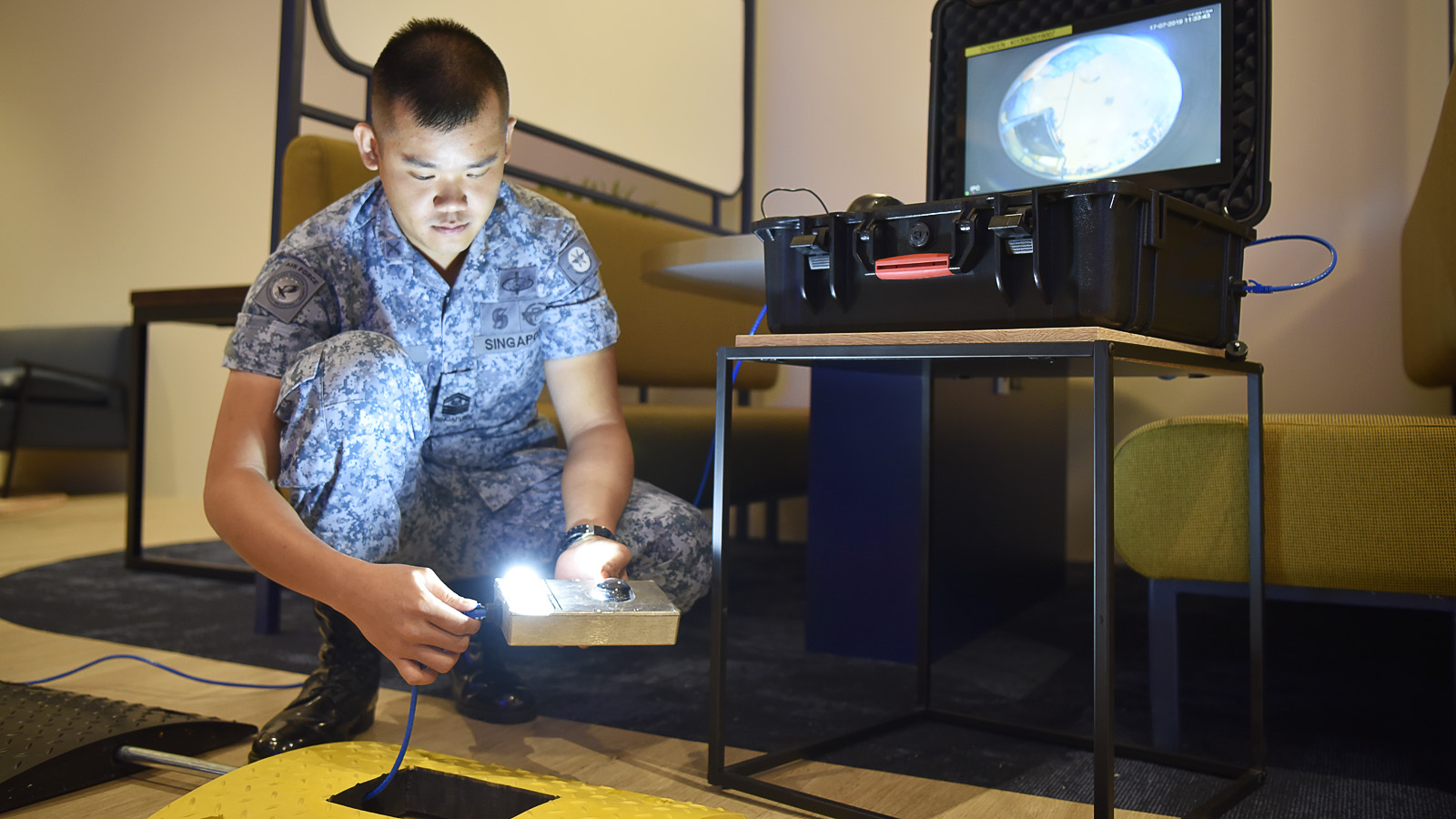
SSG Sim setting up the PUVSS, which can be easily deployed to for security checks in the event the main UVSS is unavailable.
After a successful trial and deployment of the PUVSS in Sembawang Air Base, more PUVSS systems were deployed to other airbases. There are further plans for AI technology to be embedded into the PUVSS to identify possible anomalies during security checks.
Culture of Innovation in the RSAF
As SWiFT spearheads more innovation initiatives, we can look forward to creating a culture of innovation, where RSAF personnel push innovation boundaries and actualise their ideas that have the potential to transform the organisation. By constantly reinventing and innovating, the RSAF will be able to improve our efficiency and effectiveness as a world-class Air Force.


